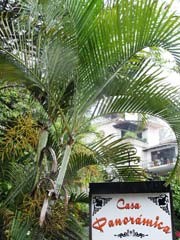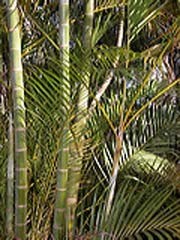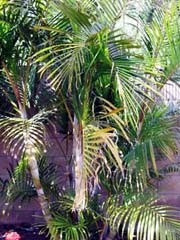


Some of the Flora you can find at Casa Panorámica.
Casa Panorámica is proud to house a large variety of plants and trees native to Mexico and other tropical regions. Here is a brief overview of some of our most out of the ordinary plant life.
Aloe Vera
Family: Asphodelaceae
Known mostly for its medicinal abilities to treat various skin conditions such as cuts, burns and eczema, the Aloe Vera is also a beautifully ornamental succulent. Dispersed around our cozy Villa, this plant is evergreen and always adds that splash of colour when needed.
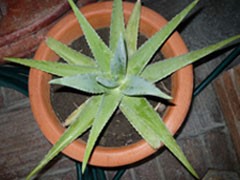
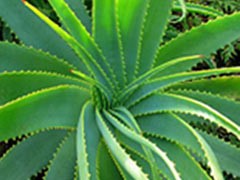
Amapas (Tabebuia)
Family: Bignoniaceae
Alternate Names: Trumpet-tree, White Mahogany
In the wild, some varieties of this large rainforest canopy tree can grow up to 100′. Though grown primarily for its masses of spring-blooming showy yellow or pink flowers, its lustrous wood can be utilized for the making of fine cabinetry. The trumpet-shaped, sweet-scented flowers are spectacular in the late winter to early spring and bloom on bare branches. Once the blooming is complete, the pink flowers of our Amapas are then replaced by the trees’ leaves.
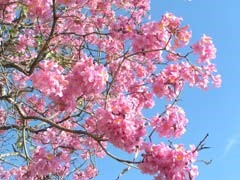
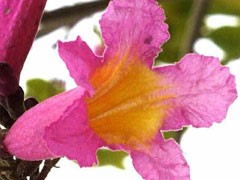
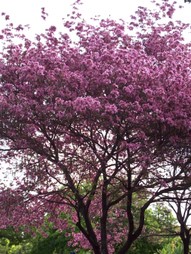
Areca Palm (Chrysalidocarpus lutescens)
Family: Arecacea, Palmae
Alternate Names: Golden Cane Palm, Madagascar Palm
Looking like a large bushy parlour palm the Areca is a dense, tall specimen, native to Madagascar where, sadly, it is endangered and very rare. This many-stalked leafy tree is a very common sight in the tropics and sub-tropics of Mexico and located all throughout Casa Panorámica. The yellow flowers are borne in branches about 3′ long that emerge from the tops of the stems and the fruits are about 1″ in diameter and are yellow to purple.
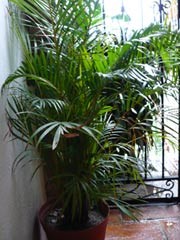
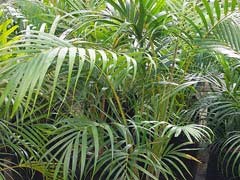
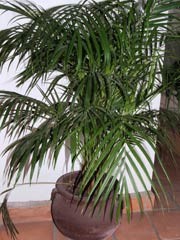
Banana (Musa)
Family: Musaceae
These fast-growing perennials, commonly referred to as Banana Trees, can reach tree height in a single growing season. The tree-like plants produce orange-yellow flowers along their drooping stalks and the tender inner flowers can be used in cooking. Though this plant resembles a tree it is actually an herb, and is closely related to plantains. It produces the edible fruit we know as bananas which grow in clusters on the drooping stalks. Bananas are, in my opinion, deliciously starchy fruits that can be consumed raw, cooked, fried or dried
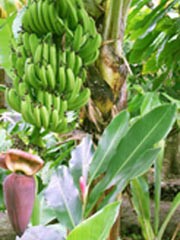
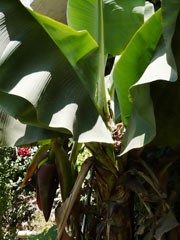
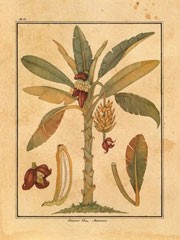
Bird of Paradise (Strelitzia reginae)
Family: Musaceae
Alternate Names: Crane Flower, Crane’s Bill
This plant produces exotic orange, blue, purple and yellow flowers that resemble tropical birds, hence the name. Known primarily for their beauty as opposed to their use, Birds of Paradise are often grown commercially for the cut flower industry. They work well in floral arrangements or as a feature in any tropical home garden. Flowering continuously throughout the year, the bird-like appearance of the blooms attracts birds which we thoroughly enjoy.
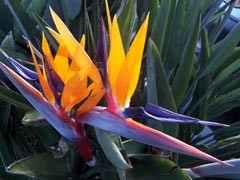
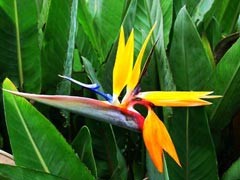
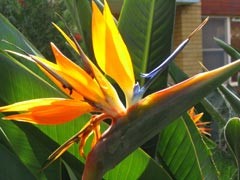
Blue Agave (Agave Tequilana Weber Azul)
Family: Liliaceae
This succulent, often thought of as a type of cactus though it is not, is one of over 250 different species of agave. They are grown from the southwest United States to the South American tropics. This specific type, Blue Agave, is grown specifically for the production of tequila though in our case grown decoratively for its striking appearance. Blue Agave grows best at heights of over 5000 feet above sea level where a mature plant (after 8 years of growth) can get up to 8 feet tall and 7-12 feet in diameter. Casa Panorámica has over 110 agaves on site.
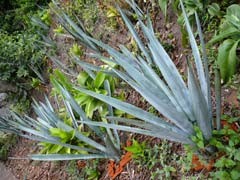
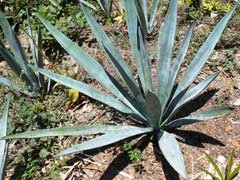
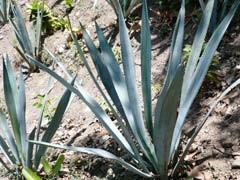
Bougainvillea Glabra
Family: Nyctaginaceae
Alternate Name: Paper Flower
This ornamental climber, originally found in Brazil, is a strikingly beautiful plant seen in abundance all over Puerto Vallarta. Bougainvilleas bloom year around in protected locations and the thorny vine can grow up to heights of 40 feet. All Bougainvilleas are in reality white, so why you may ask are all these pictures so colourful? Well it’s not actually the flowers that have drawn your attention but the bracts. Bougainvilleas have papery coloured bracts that surround the small trumpet shaped white flowers, often found in clusters of three. These bracts are specialized leaves, generally slightly smaller than the green foliage and their colours vary widely. Common in Vallarta are sprawling shrubs of red, pink and purple though there are also yellows and even whites. Casa Panorámica has a few bushes of orange, pink and magenta.
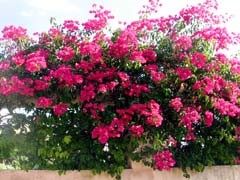
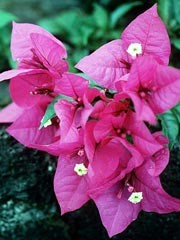
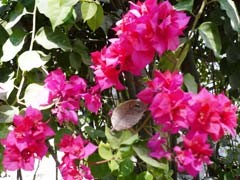
Bromeliads
Family: Bromeliaceae
Largely ornamental plants with a variety of over 3000 species, the Bromeliads are centre pieces in the various gardens located around the premises of Casa Panorámica. Pineapple is the only Bromeliad used for consumption, and of this tasty tropical fruit we have 6.
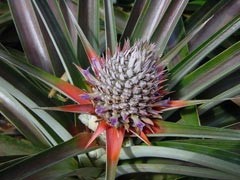
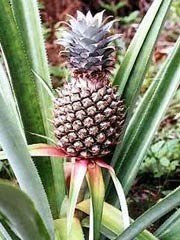
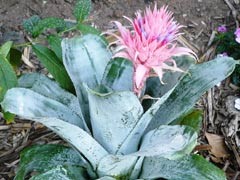
Butterfly Palm (Dypsis lutescens)
Family: Arecaceae
Alternate Names: Golden Cane Palm, Yellow Palm, Golden Feather Palm, Madagascar Palm
These trees are dispersed upon our front lawn. They grow in clumps with slender trunks and multiple crowns. Requiring sunlight and well drained soil they are ideal for growth in Mexico. A cluster of Butterfly Palms frame the sign at the entrance to Casa Panorámica.
